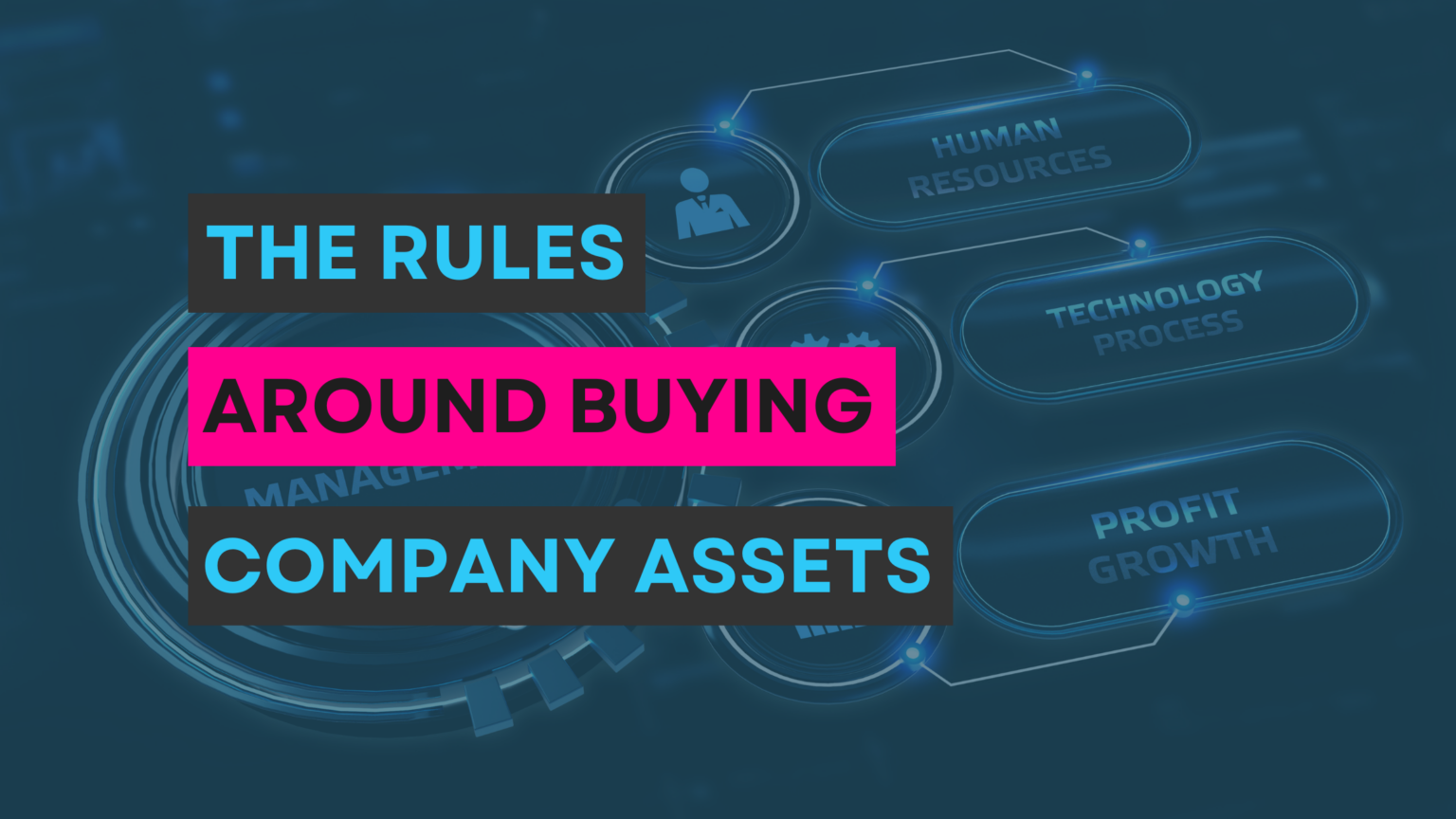There will be occasions where you want to buy, or borrow, a piece of equipment from your business. But did you know that doing so could be classed as a benefit in kind?
If you’re a business owner (or an employee) and you acquire an asset from your company below market value, there will be a taxable benefit, benefit in kind (BIK)%20are,received%20in%20a%20tax%20year), that arises. A BIK also arises where instead of purchasing an asset from the company, it’s borrowed for personal use.
For certain types of asset, including motor vehicles and residential property, there are specific rules covering how those BIK amounts are calculated; we’ll look at the rules which apply in the absence of more-specific regulations.
Understanding the BIK rules when buying an asset
Let’s look in a little more detail at how BIK works when purchasing a company asset. Understanding the rules is the best way to manage the impact of the BIK and to carry out the most tax-efficient planning when buying the asset.
Here are the main rules to be aware of:
- Under normal circumstances, if you purchase an asset from the company, the taxable benefit will be the market value of the assets, less any amount actually paid. So, if you take a used asset that’s worth, say, £1,000 free of charge, the BIK will be £1,000.
- If your company is registered for VAT, you’ll also need to account for VAT on the total market value, regardless of any lower amount, if any, actually charged.
- If your company purchases an item and then transfers it to you (as the business owner, or employee), the value will be the cost to the company, including any incidental costs, and not any notional lower second-hand value.
- Sometimes, you may use the asset (either short-term or on a more-permanent basis) without actually taking on ownership. In that case, a BIK arises based on the ‘annual value’ of the asset that you’ve borrowed. When borrowing the asset, the annual value is the higher of either:
- 20% of the market value of the asset at the time it’s first made available for personal use, or
- the actual annual cost to the company (this includes any rental or hire costs incurred by the company).
- There will also be cases where you use an asset for a period of time, and then subsequently buy the asset. In that case, the value for the transfer is the higher of:
- The market value at the time of transfer, or
- The market value when first made available for personal use, LESS the value of any BIK’s charged for personal use.
- One common item which can be provided by a company is mobile phones. These can be provided to you with no BIK arising on both the unit itself and any rental and call costs. This is provided that no more than one phone is provided to an individual director or employee, and the billing is in the company’s name rather than in the individual’s.
Sticking to the rules and paying the right BIK charges
Nobody’s going to worry about you borrowing an electric drill from work to fix a shelf at home. But where significant pieces of equipment are borrowed for private use, or where the period of loan is more than very short-term, a BIK charge needs to be calculated and applied.
We’ll help you calculate the BIK charge for both acquiring assets from the company, and making use of company assets for private use.
Get in touch to calculate your BIK charges.
